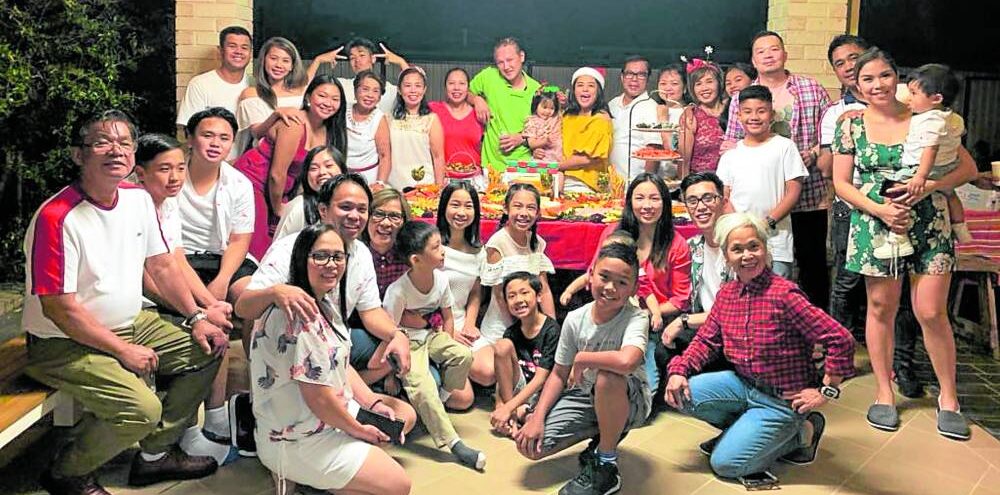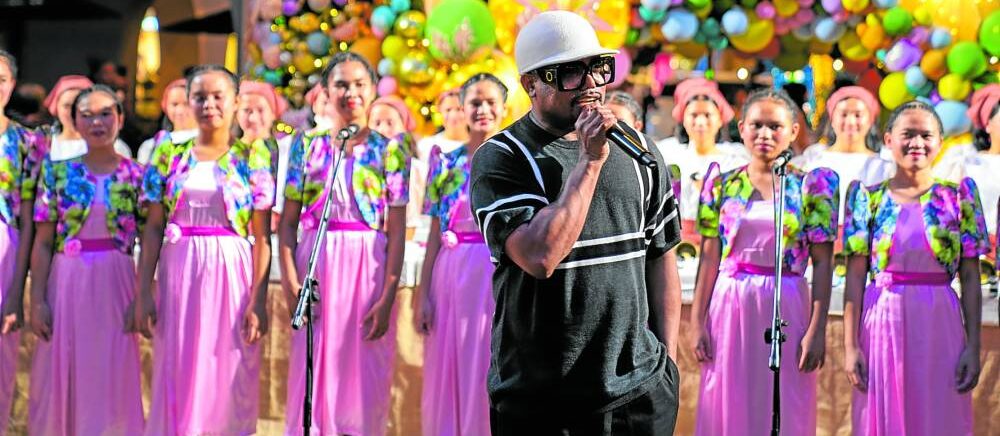Providing an artful respite from the hustle and bustle of Manila is a restored 1950s home curated and inhabited by artist Mariko Jacinto. Filled with an eclectic mix of Western and Eastern antiques, the pieces easily complement Jacinto’s works of art decorating the walls. “I’ve had guests who claim that this place reminds them of a resort,” Jacinto shares.
Seven years ago, it was that same sense of escapism and tranquility that drew the artist into restoring the house. The moldings on the walls, glass jalousies, and flooring, including the kitchen’s machuca tiles, have all been preserved. Looking around, the artist’s residence is anything but minimalist. “All the antiques here are an accumulation of what I’ve collected throughout the years,” says Jacinto. There’s a gorgeous Persian rug in the living room made from young lamb pelt Jacinto acquired sometime in the ‘80s, and an antique dark wooden four-poster bed from Joliza that dominates the bedroom. “I like looking at older things because they give me a lot of ideas,” she says in a conversation involving craftsmanship. Several elements fill her space and allow visitors a glimpse of who the artist is: a corner where she keeps her Buddhist altar (she’s been a Buddhist for the past three decades), a shelf of small porcelain trinkets called imari from her Japanese mother, who would gift her during every routine parent checkup, and a masterfully painted canvas couch. “Being half-Japanese is a big influence on how I choose colors and how I paint,” explains the artist as she sits on her masterpiece of a couch.
Apart from adopting furniture as canvas, Jacinto regularly paints on squares and rectangles of common canvas. A quick survey of her pieces suggests that the artist has undergone a number of transitions, and it seems we’ve chanced upon her as she motions through another one. “My dream now is to build a house in Tagaytay that would be modern. It will be my new space for painting.” From a decade of tireless nights that stretch out into mornings, intoxicated with the rhythm of clubs and social gatherings, Jacinto now seeks a calmer lifestyle. Rightfully so, her recent works exhibit an inner peace, “I don’t think we need to be reminded of the negative things around us. My paintings somehow speak of that.” Pointing to a canvas filled with dramatic whiteness, Jacinto explains, “Painting the Tibetan monks was really inspiring and brought out so much of my spirituality, but I was very much affected by the situation in Tibet and these paintings expressed my feelings exactly.” The seemingly idyllic sceneries of her “Monk” series, painted in shades of white, leave viewers in a quiet, contemplative mood. “I don’t have a particular way of painting; what really matters to me is what I want to capture at that very moment,” adds Jacinto.
Inspiration presents itself as a fickle friend when it comes to artists but Mariko’s solution is simple: never let go of your childlike wonder. “I treat myself like a child, I don’t stop myself from playing and I don’t like to think of my art as a 9-to-5 job. I don’t force myself to be inspired by anything—it just comes.”












































